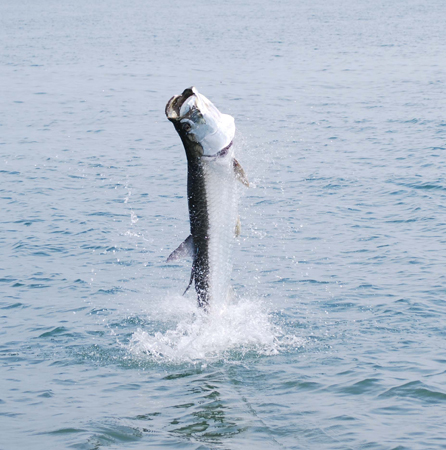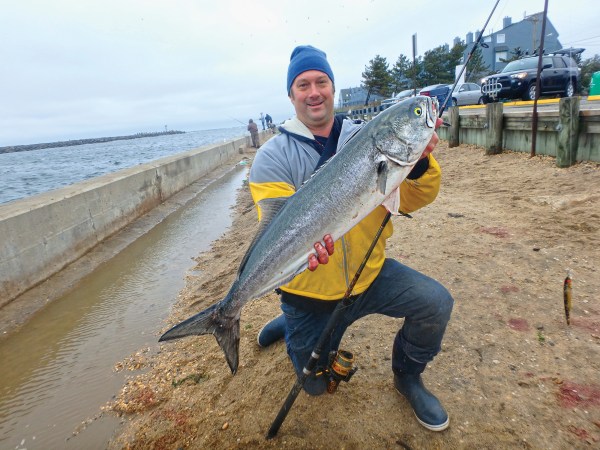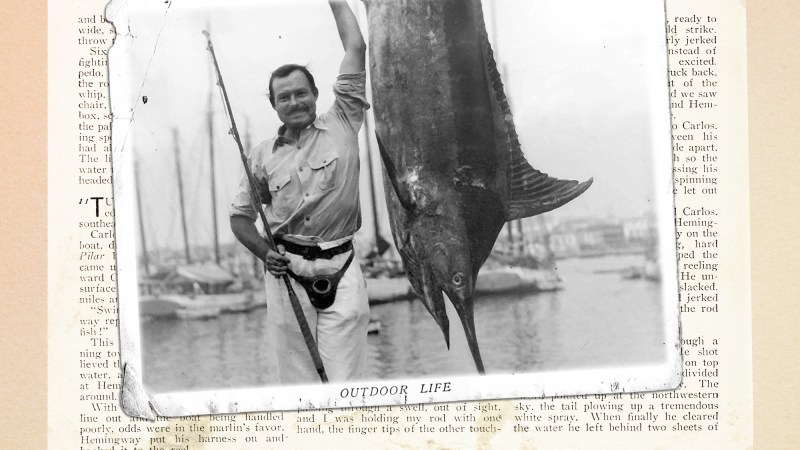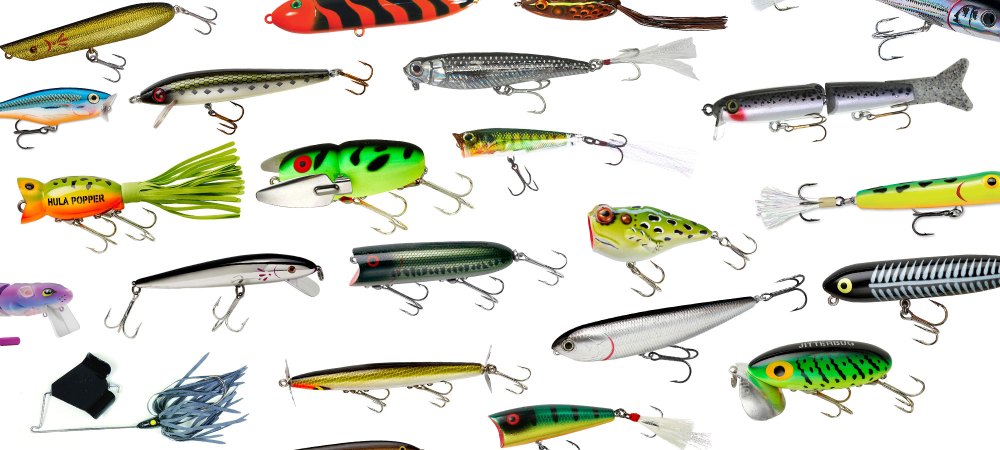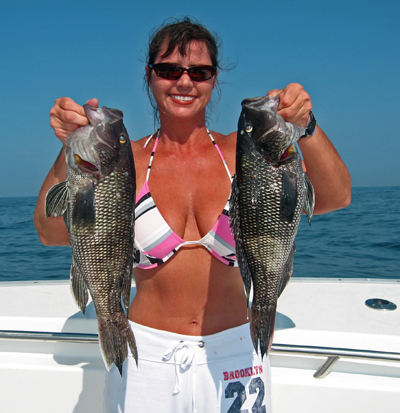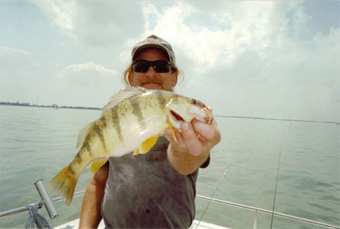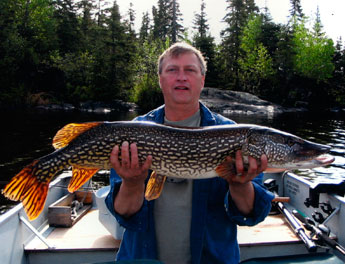Cruising the waters from the Delmarva Peninsula to Cape Cod are several species of bruiser sharks–mako, blue, hammerhead, tiger and thresher–lurking in the depths waiting for fish migrations to begin. Sharks are content to feed on the easy meal, so if we present our bait correctly we’ll play tug-of-war with a nasty predator.
Many of these sharks frequent the waters of the 30-fathom line seaward. Ranging from 15 to 35 miles from shore along the New Jersey and Long Island coasts, they are well within range of shark hunters in private boats.
The day begins heading offshore until we spot several commercial draggers. They’re targeting the same fish on which sharks feed, including mackerel, herring, squid and scallops, along with bottom-feeders such as scup and summer flounder. Shortly after pulling their nets, the draggers cull their catch. They dump “trash”–unwanted sea species such as skates, dogfish and crabs–overboard.
When the net is drawn the sharks congregate, homing in on the distress signals of fish. It’s not unusual to observe half a dozen or more of the brutes, some weighing hundreds of pounds, as they circle the nets. Incidentally, the dragger has provided a free chum slick for us.
Once positioned, we add to the chum line. Butterfish are cut into thumb-size pieces and sparingly disbursed overboard. Ground menhaden, noted for its oily flesh, is also ladled overboard to establish a heavily scented shark-attracting slick.
Bait up with whole mackerel or menhaden, or a fillet of several pounds cut from a large bluefish. The lines are drifted back on Snap Floats, at depths ranging from 75 to 175 feet, with one reserved onboard to use as a pitch bait for any shark attracted to the surface. It then becomes a waiting game as you drift the grounds adjacent to the draggers.
The result of a hook-up is pandemonium. The shark tears off hundreds of yards of line on its initial run. A rod belt and kidney harness will add comfort for what is often an hour-long fight, toe-to-toe. Some leap into the air, while others will make a run on the surface. But all sharks will head to the depths eventually.
HEAVY EQUIPMENT
For maximum sport, I use level-wind reels loaded with 540 yards of 50-pound-test monofilament mounted on 5 1/2-foot stand-up rods.
I then employ two-piece 250-pound-test stainless steel wire or cable leaders, measuring 10 to 14 feet overall. I’ll slide a rattle tube onto the leader, followed by an orange plastic skirt. These give a tantalizing action to the bait. I complete the leader with a size 7/0 through 9/0 shark hook.
Fishing for sharks is governed by federal regulations. Most anglers monitor the Apex Predators Web site at https://na.nefsc.noaa.gov/sharks/ to keep aware of changing regulations at all times.
For more regional information, go to www.outdoorlife.com/regional

